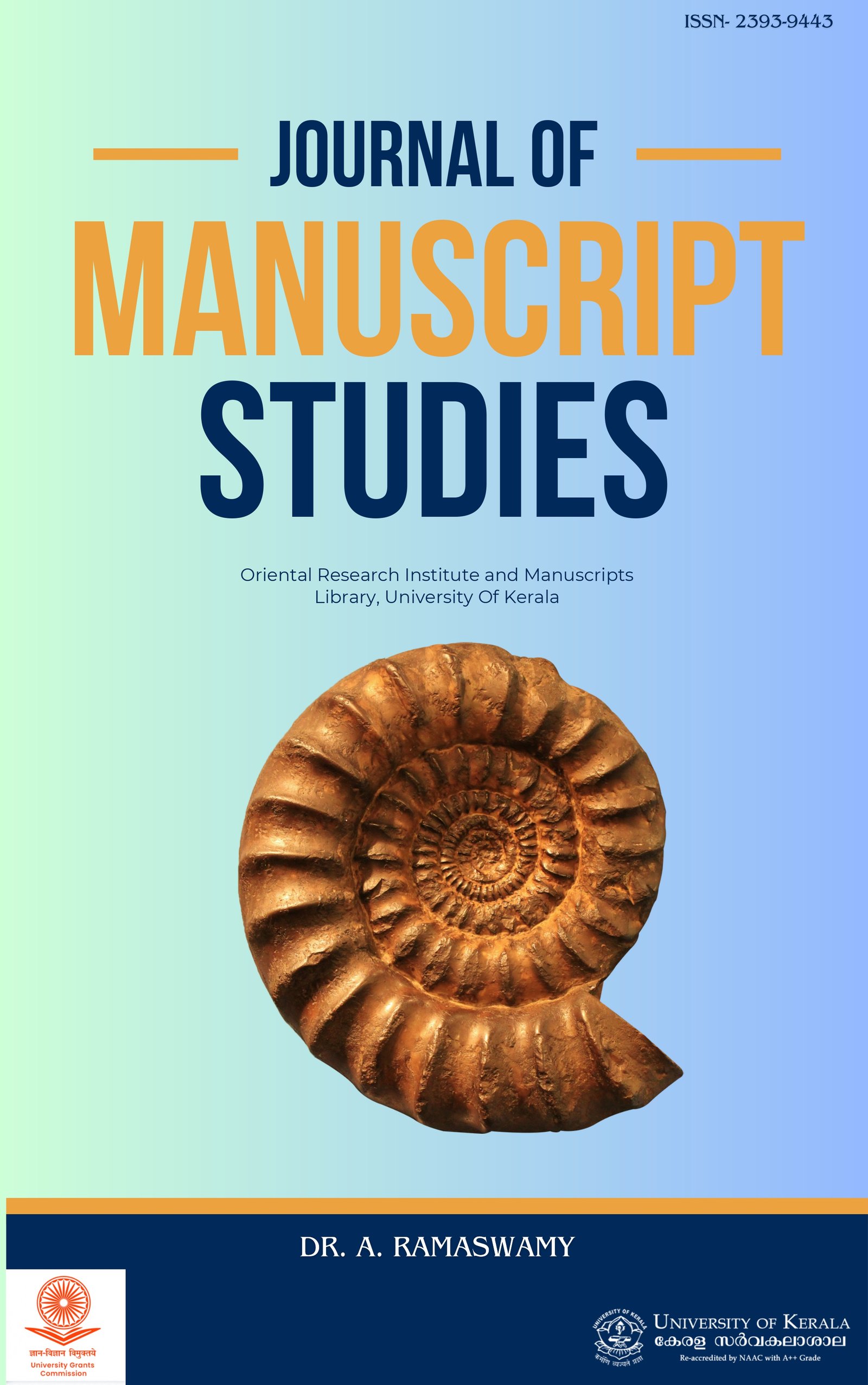Histological alterations and polycyclic aromatic hydrocarbon exposure indicative bile fluorescence patterns in fishes from Koggala lagoon, Sri Lanka
Keywords:
Coastal pollution, fish histology, Koggala lagoon, oil spillAbstract
The Koggala lagoon is a coastal wetland affected by
a major oil spill and other anthropogenic pollution sources. In
this study, gill and liver histological alterations and polycyclic
aromatic hydrocarbon (PAH) exposure indicative bile
fluorescence patterns of the fish species inhabiting the lagoon
were examined in order to explore the potential biological
impacts. Fixed wavelength fluorescence patterns in the bile
of Mugil cephalus, Lutjanus russellii and Etroplus suratensis
showed bioavailability of naphthalene type-, phenanthrene
type-, pyrene type- and benzo(a)pyrene type- metabolites
indicating recent exposure of the fishes to petrogenic and
pyrogenic PAHs. Histological analysis revealed the occurrence
of prominent gill and liver lesions, especially in the tissues of
M. cephalus and L. russellii. Of the fish species examined,
which included 43 individual fishes, the liver tissues of
M. cephalus (two fish) and L. russellii (one fish) displayed foci
of hepatocellular alterations with nodular hyperplasia. This is
the first record on pre-tumor type hepatic lesions seen in fishes
living in Sri Lankan waters. This study provides scientific
evidence for the biological impacts on the resident fishes in the
Koggala lagoon, and calls for further research on the impacts of
coastal water pollution in Sri Lanka and potential management
strategies.

Downloads
Published
Issue
Section
License

This work is licensed under a Creative Commons Attribution-NonCommercial-NoDerivatives 4.0 International License.













